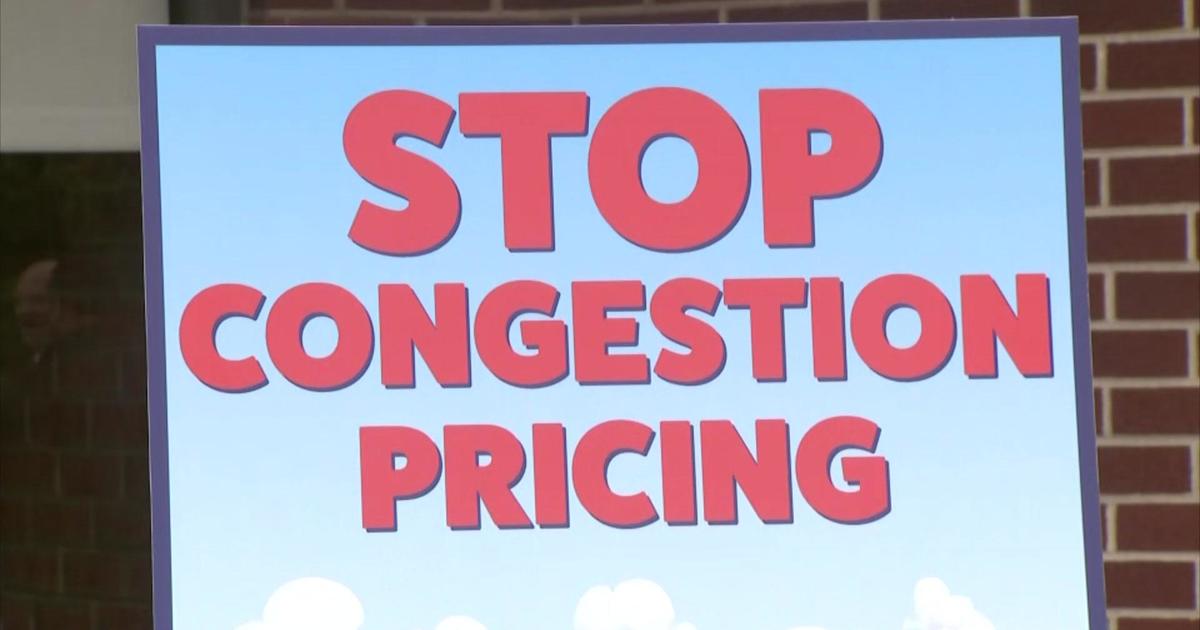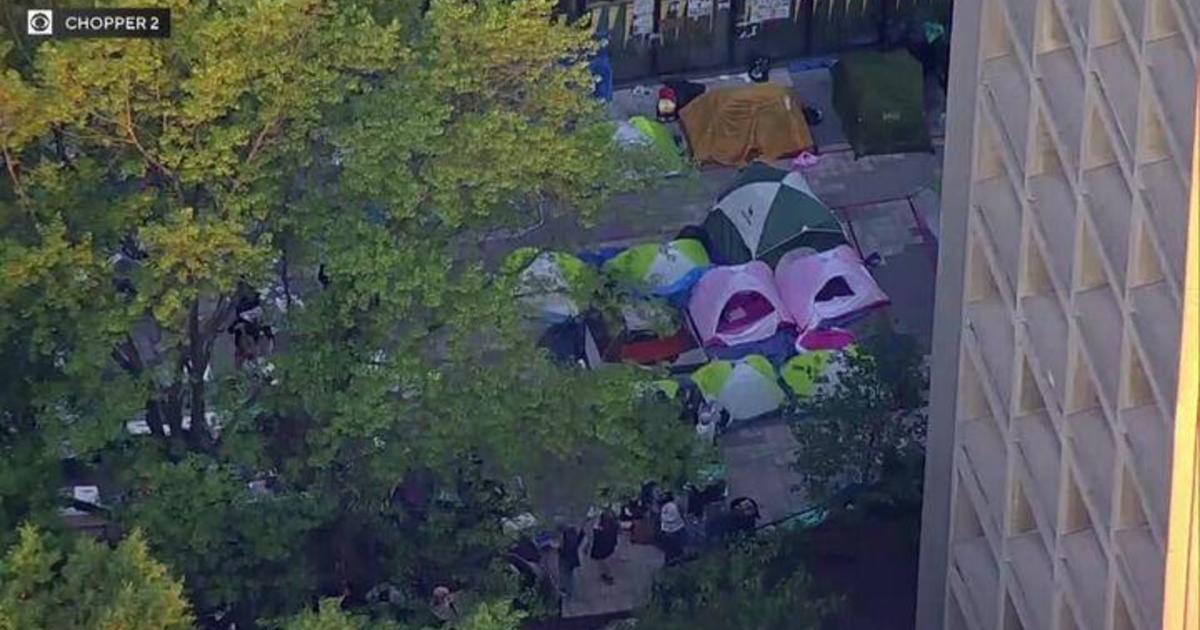First Street Foundation examines why heavy rainfall happens in Tri-State Area more than data suggests it should
NEW YORK -- It turns out historic rainfall events are happening more frequently than data suggests.
CBS New York recently spoke with experts to learn just how often our area experiences them.
From drought to deluge, what we witnessed transpire across northwest New Jersey on Tuesday was quite something. A once-babbling brook became a roaring rapid in Randolph as more than six inches of rain pummeled the earth in the vicinity.
"We did need the rainfall up until yesterday," said Jason Franklin, meteorologist-in-charge at National Weather Service/Mount Holly.
Franklin said no records were broken.
"Definitely was not as far as any top 10 or anything like that. It wasn't anything close to that," Franklin said.
While Tuesday's rainfall will not go down in history, it did offer another example of how climate change impacts rainfall in our region. More than six inches in a day does not happen every day it rains.
"In the Northeast, we know that over the past few decades the primary increase in flood risk has been from precipitation," said Dr. Jeremy Porter, head of implications research for the First Street Foundation.
Porter said the Brooklyn-based nonprofit aims to "quantify and communicate climate risk in a way that was personal and accessible."
First Street Foundation just released its precipitation model, which pours new light on how climate change affects rainfall.
"Our climate is changing and our exposure to extreme precipitation events is increasing," Porter said.
According to the National Oceanic and Atmospheric Administration, a 1-in-100-year rainfall occurs when just under three inches of rain falls in an hour. However, NOAA numbers are based on outdated data from last century and do not take climate change projections into account.
Porter said such events happen with much greater frequency.
"It is actually occurring every 20 years or so, like what we see here in New York about every 20 years," Porter said.
He broke it down by borough. About three inches of rain per hour falls in Manhattan every 16.7 years, in the Bronx every 20 years, on Staten Island every 23 years, in Brooklyn every 23.6 years, and in Queens every 24.5 years.
Porter said by First Street Foundations calculations, a 1-in-100-year event actually amounts to more than 4.5 inches of rain falling in an hour in Central Park. A big concern at First Street Foundation is new infrastructure being built based on old data may not be able to withstand the true impacts of climate change.
Changes to the way NOAA calculates rain frequency are in the works, and could be made public by 2027.




